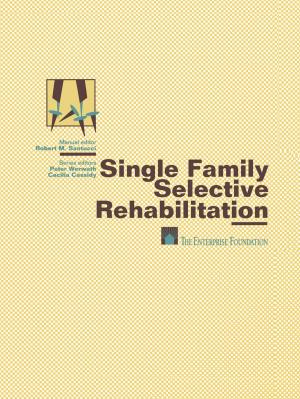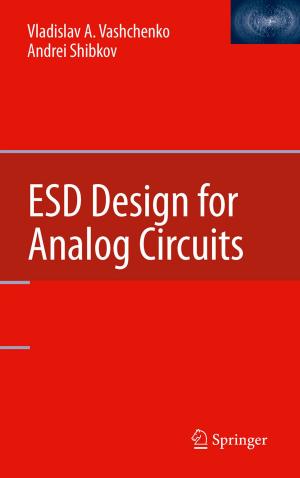Electrical Conductive Adhesives with Nanotechnologies
Nonfiction, Science & Nature, Technology, Electronics, Circuits| Author: | Daniel Lu, Yi (Grace) Li, C.P. Wong | ISBN: | 9780387887838 |
| Publisher: | Springer US | Publication: | October 8, 2009 |
| Imprint: | Springer | Language: | English |
| Author: | Daniel Lu, Yi (Grace) Li, C.P. Wong |
| ISBN: | 9780387887838 |
| Publisher: | Springer US |
| Publication: | October 8, 2009 |
| Imprint: | Springer |
| Language: | English |
“Electrical Conductive Adhesives with Nanotechnologies” begins with an overview of electronic packaging and discusses the various adhesives options currently available, including lead-free solder and ECAs (Electrically Conductive Adhesives). The material presented focuses on the three ECA categories specifically, Isotropically Conductive Adhesives (ICAs) Anisotropically Conductive Adhesives/Films (ACA/ACF) and Nonconductive Adhesives/Films (NCA/NCF). Discussing the advantages and limitations of each technique, and how each technique is currently applied. Lastly, a detailed presentation of how nano techniques can be applied to conductive adhesives is discussed, including recent research and development of nano component adhesives/nano component films, their electrical properties, thermal performance, bonding pressure and assembly and reliability.
“Electrical Conductive Adhesives with Nanotechnologies” begins with an overview of electronic packaging and discusses the various adhesives options currently available, including lead-free solder and ECAs (Electrically Conductive Adhesives). The material presented focuses on the three ECA categories specifically, Isotropically Conductive Adhesives (ICAs) Anisotropically Conductive Adhesives/Films (ACA/ACF) and Nonconductive Adhesives/Films (NCA/NCF). Discussing the advantages and limitations of each technique, and how each technique is currently applied. Lastly, a detailed presentation of how nano techniques can be applied to conductive adhesives is discussed, including recent research and development of nano component adhesives/nano component films, their electrical properties, thermal performance, bonding pressure and assembly and reliability.















